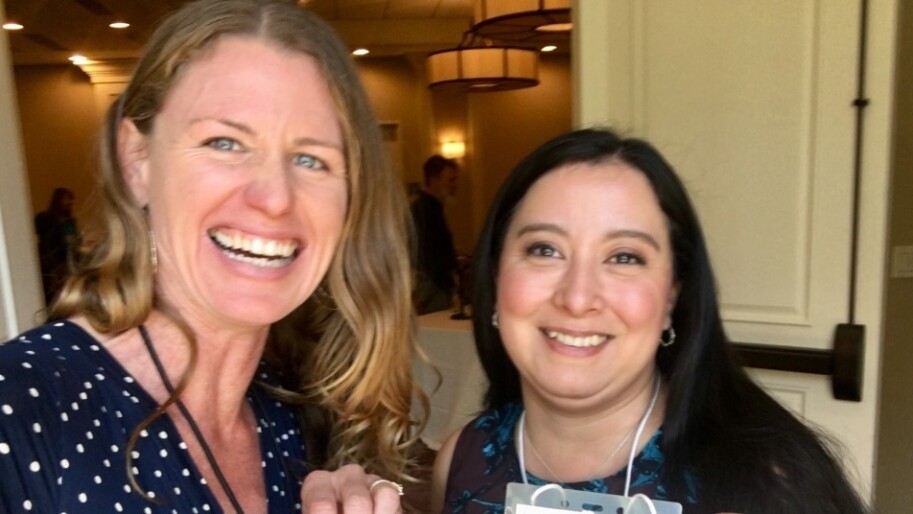As the nexus between public health and climate impacts comes into sharp focus, public health officers are convening to share their challenges and strategies for addressing the climate crisis. On September 26th at the Westin Sacramento, the Health Officer Association of California (HOAC) met for their bi-annual gathering to discuss climate change as a public health emergency.
Perhaps you are asking what exactly is a county health officer? Glad you asked! Every county in the State of California has a public health officer, which gives them an important platform and compelling voice on health issues affecting the entirety of the Golden State.
Kat DeBurgh, MPH, Executive Director, Health Officers Association of California, explains further, “Each county in California has a health officer – a physician who is appointed to have legal public health authority in that jurisdiction. Health officers are required by law to take action as necessary to protect their communities against disease, which is why they must be involved in issues like climate change.”
Climate scientist and The Climate Center board member Carl Mears, Ph.D., started the morning off with his talk, “Introduction to Climate Change,” answering the question: “Is it too late?”
The answer is no, it is not too late, but we must take action now. As Mears stated, “Everything is not fine! But that doesn’t mean we should give up trying to fix it.” And what is the answer to how we confront climate change, as Mears stated in his presentation, “Policy, policy, policy.” Basically, how do you change the rules of the game so the right choice is the easy choice? The Climate Center is answering that question as we launch a new statewide rapid decarbonization campaign by working to enact the policies required by science and our climate reality. The time is now for bold climate action using the most significant lever we have to initiate change in California: policy.
After Carl Mears’s informative and inspiring talk, I presented on the topic, “Communicating Hope.” I shared lessons learned from the National Network for Ocean and Climate Change Interpretation (NNOCCI) strategic framing techniques. NNOCCI works to develop and empirically test ways of adequately explaining scientific and social issues. On the topic of climate change, NNOCCI has queried over 18,000 ordinary people in determining the most effective ways to have a productive and hopeful climate conversation.
The Climate Center’s Community Relations Manager Destiny Rodriguez was on the panel discussing, “Convening Stakeholders.” Destiny works in the Central Valley to bring Community Choice Energy to its residents for rapid decarbonization. She works to build community relationships and brings various stakeholders together. Community Choice Energy has on average 86% less heat-trapping gas in comparison with PG&E. Right now, over ten million Californians benefit from Community Choice Energy. It has mostly been the coastal cities that have gained from this policy. The Climate Center holds the vision that all Californians can benefit from clean energy, not just the coastal cities. Destiny is bringing together different groups in the Central Valley to help communicate the need and benefits of clean energy for their region.
The fact that the Health Officers of California dedicated their conference to discussing climate change speaks to how pervasive climate change impacts have become in the daily lives of Californians. The event was full of professionals who understand that rapid decarbonization will improve public health outcomes. Now we must show energy policy decision-makers what public health officials already know.
